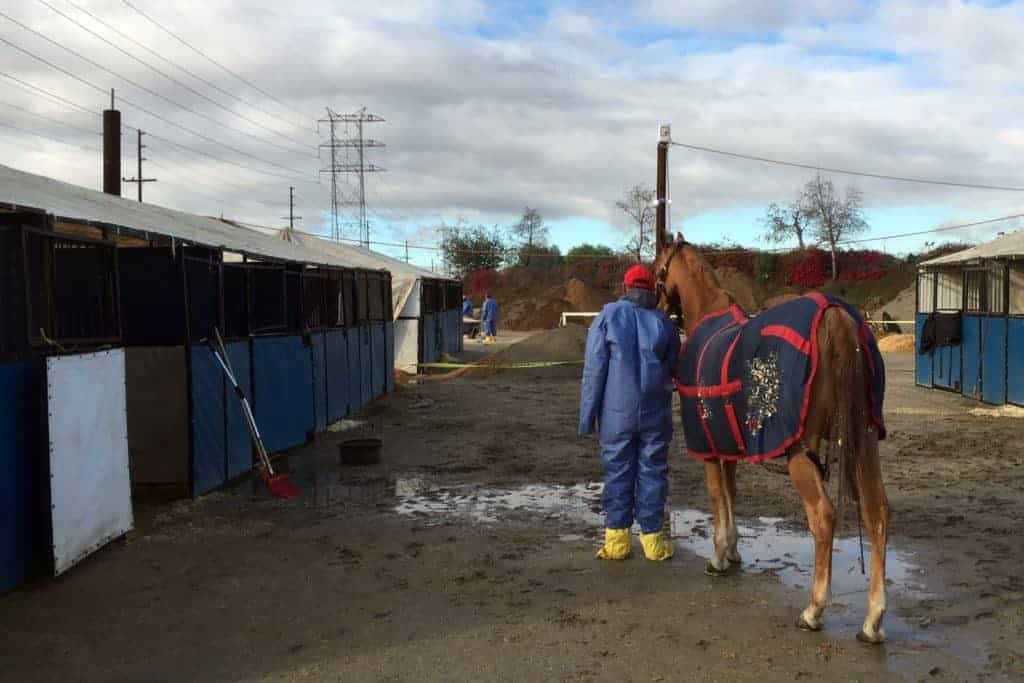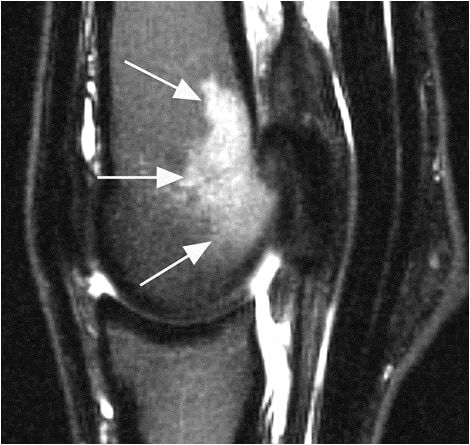
Blood in Semen: How Much is Too Much?
Semen can be contaminated by blood–to an extent–and still be fertile.

Semen can be contaminated by blood–to an extent–and still be fertile.

There was no association between disease development and dam age or plasma antibody concentrations, among other factors.

Ultrasonography allowed researchers to detect subclinical lesions in young foals and implement treatment promptly.

Dr. Terry Blanchard shares studies on endometritis, semen extenders, stem cell therapy, and more.

Animal health officials help manage disease outbreaks, ensure the health of animals crossing state lines, and more.

Dr. Elizabeth Santschi recaps studies on fracture recovery, joint injections, sarcoid treatments, and more.

Take a look at six ways vets might become involved as well as the legal considerations when dealing with these cases.

Dr. Rob MacKay recaps studies on heparin for EHM prevention, liver failure caused by supplements, headshaking, and more.

Vets use MRI to identify issues and prescribe targeted treatment to give the horse the best chance at returning to work.

Researchers found that meropenem can be useful, but should only be used when other antibiotics have failed. Here’s why.

Quality rescues practice good horse husbandry, maintain a realistic annual budget, seek continuing education, and more.

Taking multiple radiographic views–both weight-bearing and not–allows vets to assess the findings most accurately.

While not frequently diagnosed, equine muscle injuries can cause pain, lameness, and poor performance in horses.

Horses with exertional myopathies can benefit from dietary modifications as well as consistent targeted exercise.

Learn about mild bite misalignments, the forces that impact them, and considerations about correcting them.

Roly-poly, cresty-necked horses and ponies are in harm’s way. Here’s how to help your overweight equid shed pounds.
Stay on top of the most recent Horse Health news with
"*" indicates required fields